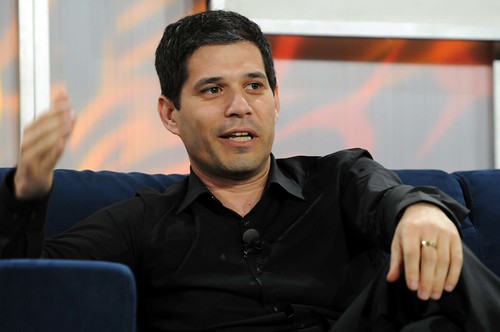I love this – a German company comes up with an idea to make ships far more fuel efficient using… sails! Yes, wind-powered ships. Why didn’t anyone think of it before? Oh, hang on… 😉
Seriously, watching the video above, Skysails, the company re-inventing the technology, seems to be onto a really good thing. Fuel burnt by ships accounts for 4% of global CO2 emissions – twice as much as the aviation industry produces.
The kite-like sail is computer controlled, extendible up to 300m above the ship and can save up to 20% on a ships fuel (and therefore its CO2 emissions). Also these ‘kite sails’ are up to five times more efficient than traditional sails.
The company expects to kit out 1,500 ships with these Skysails by 2015. If they are that good, they should licence the manufacturing of these and have them installed in 15,000,000 ships by 2015!








